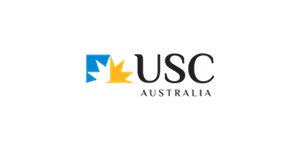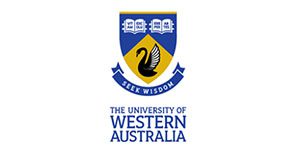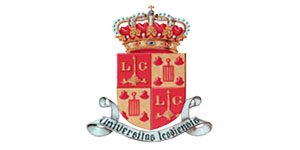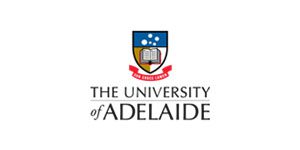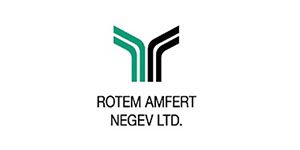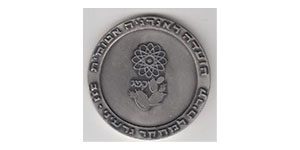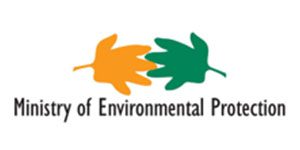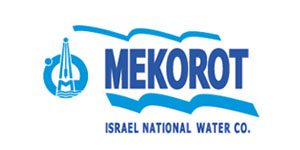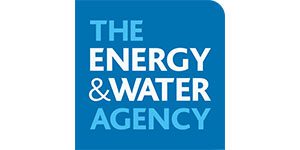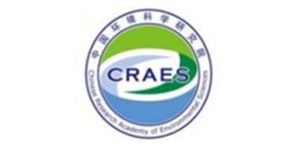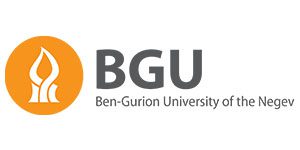Highlights
- Integrated in-situ remediation treatment for soil, vadose zone and groundwater.
- Turning the topsoil into an efficient bioreactor for perchlorate degradation.
- Treating perchlorate leachate from the deep vadose zone in the topsoil.
- Zero effluents discharge from the remediation process.
Abstract
In this study, we examined the ability of top soil to degrade perchlorate from infiltrating polluted groundwater under unsaturated conditions. Column experiments designed to simulate typical remediation operation of daily wetting and draining cycles of contaminated water amended with an electron donor. Covering the infiltration area with bentonite ensured anaerobic conditions. The soil remained unsaturated, and redox potential dropped to less than −200 mV. Perchlorate was reduced continuously from ∼1150 mg/L at the inlet to ∼300 mg/L at the outlet in daily cycles. Removal efficiency was between 60 and 84%. No signs of bioclogging were observed during three operation months although occasional iron reduction observed due to excess electron donor. Changes in perchlorate reducing bacteria numbers were inferred from an increased in pcrA gene abundances from ∼105 to 107 copied per gram at the end of the experiment indicating the growth of perchlorate-reducing bacteria. We proposed that the topsoil may serve as a bioreactor to treat high concentrations of perchlorate from the contaminated groundwater. The treated water that infiltrates from the topsoil through the vadose zone could be used to flush perchlorate from the deep vadose zone into the groundwater where it is retrieved again for treatment in the topsoil.

